Enfin, nous avons la RFID. Est-ce que ça fait peur ?
- Je vais commencer par la bonne nouvelle : pas du tout ! Est-ce que c'est censé être la fin de l'article ?)
Je vais continuer pour les curieux et les prospectivistes... Mais sans absurdités numériques inutiles :
1. La partie technique.
La technologie RFID est juste un nom général pour le type de réception d'informations à partir d'une étiquette, c'est-à-dire : une antenne, un condensateur et un CHIP, qui contient les informations nécessaires préalablement stockées.
Savez ce que nous obtiendrons dans le cas d'étiquettes telles que 13,56 MHz si nous excluons le CHIP du circuit ? Une étiquette RF typique. Comment cela se fait-il ? La physique de la lecture des étiquettes de 8,2 MHz et de 13,56 MHz est totalement similaire.
Fréquences et types d'étiquettes RFID:
1. 125-134kHz - elle n'est utilisée qu'avec la méthode de lecture par contact et sa portée est extrêmement limitée;
2. 13,56МГц - MHz - il peut être utilisé dans le cadre de passage comme un laissez-passer ou la lecture des données des boîtes, mais pas plus loin que 1-2 mètres pour la lecture de données de haute qualité;
3. 860-928MHz UHF - avec NOTRE portée en utilisant des antennes spéciales à ultra-hautes fréquences, il est possible de lire jusqu'à 4-5 mètres avec un résultat stable;
4. 2,45+5,7GHz - ce système n'est actuellement pas utilisé par la masse, il s'agit d'un système plus spécifique pour lire les étiquettes à une distance encore plus grande afin de suivre les mouvements.
Pourquoi exactement l'UHF (ultra haute fréquence) a-t-elle été choisie?
Le rapport entre le prix du système / prix de l'étiquette / portée de lecture.
1,2 1,2 ne conviennent pas pour des raisons de faible portée et de mauvaise lisibilité.
L'option 4 est follement chère pour le commerce de détail avec le coût des étiquettes, mais tout peut changer un jour dans un avenir lointain.
2. La forme physique des étiquettes.
Nous ne nous intéressons qu'aux étiquettes dont nous avons besoin, les autres ne feront qu'encombrer votre attention.
Caractéristiques:
Configuration double antenne généralement 2*5cm
combinée RFID + RF double antenne carrée 4*4cm
d'autres configurations ne fonctionnent pas à cette fréquence en raison de l'impossibilité de transmettre de la puissance à cette fréquence. Les spirales avec beaucoup de tours à ultra-hautes fréquences ne fonctionnent pas.
2) Capteurs rigides avec étiquettes RFID intégrées :
Caractéristiques :
- souvent marqués d'une inscription RFID ;
c'est tout... ce qui signifie que dans certains cas, vous ne pourrez pas les distinguer visuellement des étiquettes AM ou RF si vous ne connaissez pas l'assortiment de ces étiquettes, c'est pourquoi je vais afficher ce que j'ai dans ma base de données de photos de clients réels.
Ce qu'il faut noter ici :
1. les capteurs 2-en-1 de Sensormatic, qui ont intégré la RFID dans leurs super-étiquettes grises avant 2010 (étiquette AM et contour plat fin RFID) ;
2. Les capteurs 2-en-1 de CheckPoint, que nous voyons également quelque part au début de 2010 (étiquette RF typique et étiquette RFID autour) ;
3. Les capteurs d'autres fabricants, qui augmentent de plus en plus leur production et comblent le créneau encore vide.
Voici un point important : toutes les étiquettes rigides de chaque fabricant ont... le même code d'étiquette, ce qui signifie logiquement qu'elles sont immédiatement marquées comme SENSOR ANTI-VOL.
Cela signifie qu'ils ne sont pas programmables et qu'ils ne contiennent aucune information sur l'objet auquel ils sont attachés !
.... L'intérêt de ce point important est que si vous avez votre propre petit magasin et que vous en avez assez de toutes ces barrières, vous pouvez... simplement installer un système RFID, changer les capteurs et c'est tout, sans infrastructure logicielle complexe liée aux informations contenues dans les capteurs. Il suffit de spécifier dans les paramètres du lecteur que tel ou tel RFID est un capteur... C'EST FAIT...

3. La forme physique des lecteurs d'étiquettes.
! !! attention à ceux qui ont de l'expérience... je pense que vous remarquerez facilement que la conception de ces lecteurs diffère d'un fabricant à l'autre, tout comme les portes AM ou RF ! !!
LES MODÈLES AÉRIENS :
NEDAP - se caractérise par des formes arrondies, des LED intégrées qui ressemblent à des points (la chose avec deux yeux noirs est un compteur de visiteurs, n'y prêtez pas attention) :
b) les systèmes intégrés dans la porte sont également visibles, par exemple :
Checkpoint a développé et mis en place des modules supplémentaires pour ses barrières, qui sont installés directement sur le cadre de la barrière ; on les trouve chez UNIQLO :
Sensormatic propose des modules de rattrapage supplémentaires qui sont montés avec le panneau sur le dernier modèle de portillon AM Synergy, et la zone du cadre (portillon EAS) est entièrement couverte.
En réalité, ils n'ont été vus nulle part, sauf dans des magasins d'essai aux États-Unis 🇺🇸 :
NEDAP dispose d'une ligne distincte de modèles dotés d'un module RFID qui ressemble à une partie prolongée du portail au milieu ; on le trouve dans DECATHLON :
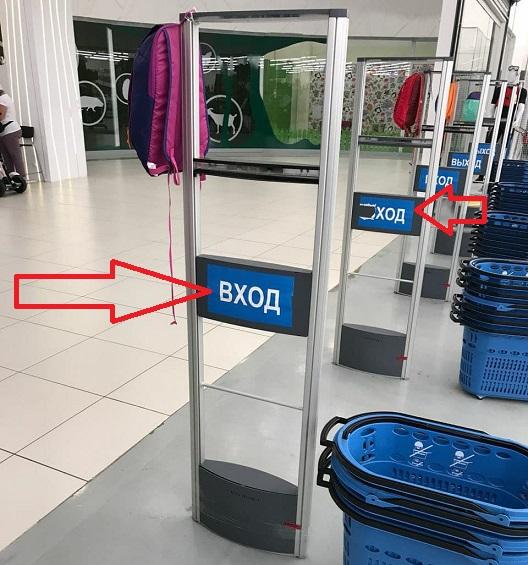
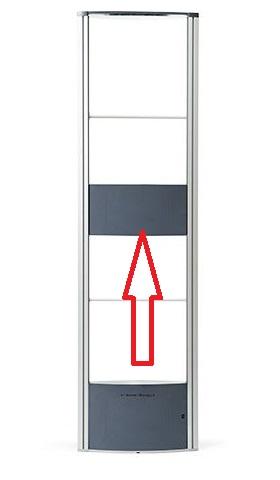
Des modifications ont également été constatées sur les portes de boîtes de DECATHLON, dans lesquelles des modules RFID ont été ajoutés :
Les informations contenues dans les étiquettes sont lues dans une zone directionnelle assez étroite de l'émetteur-lecteur ; elles ne sont pas omnidirectionnelles. C'est pourquoi elles sont placées le long de toutes les zones d'entrée et de sortie du magasin ou au-dessus des caisses.
4. Vulnérabilités.
Les étiquettes RFID sont extrêmement vulnérables aux chocs physiques, il suffit de les casser en deux ou de les plier en deux s'il s'agit d'une étiquette allongée.
De même que les RF, ils ne sont pas lus s'ils sont collés à des objets métalliques, l'onde ne traverse pas le métal et la lecture n'est possible qu'en visibilité directe dans des conditions de radio transparence des obstacles.
Et il y a deux autres facteurs qui réduisent la lecture des informations : le liquide (il est presque impossible de protéger les bouteilles en plastique) et la position dans l'espace par rapport aux antennes de certains fabricants.
Les deux premiers facteurs multiplient par 0 les chances d'un remplacement complet de tous les autres systèmes antivol.
Que pouvons-nous faire pour vous ?
- Dans les conditions de bruit nécessaire et correct dans la plage de lecture, il est presque impossible d'obtenir des informations numériques à partir de la puce de l'étiquette. C'est pourquoi nous prévoyons à court terme de créer un brouilleur RFID spécial. Il sera très probablement combiné à d'autres brouilleurs et constituera une option supplémentaire.
5. Perspectives.
Aujourd'hui, je ne vois aucune chance d'une mise en œuvre complète dans d'autres chaînes de magasins, même très grandes, du segment "non vestimentaire". Le coût des étiquettes est élevé, de même que le coût du matériel et du logiciel.
Les chaînes d'épicerie sont très gourmandes de ces dépenses, et en ce qui concerne les magasins d'électronique ou les parfumeries, même sans utiliser la RFID, ils disposent de méthodes de solutions d'entrepôt de qualité suffisante.
Qu'avons-nous manqué ?
- La RFID, ce n'est pas seulement des étiquettes et des lecteurs... c'est un logiciel très coûteux, c'est une puissance de calcul supplémentaire et son administration, ce sont des lecteurs et un contrôle des stocks avec tout le complexe d'utilisation de la RFID, de l'usine jusqu'aux mains de l'acheteur. Sinon, tout cela n'a pas de sens et n'est pas remboursable. Vous pouvez étudier les détails des propositions commerciales et des motifs de mise en œuvre sur une page d'assez bonne qualité :
https://www.cisper.nl/en/case-studies/decathlon-uses-tageos-rfid-labels-to-identify-millions-of-items-worldwide
Quels sont les réseaux les plus susceptibles de commencer à utiliser la RFID à l'avenir ?
- Je parie sur le réseau H&M, qui n'installe que des portiques NEDAP avec module RFID intégré à tous les nouveaux points. Les réseaux les plus proches de l'introduction sont ADIDAS et NIKE, car ils marquent la plupart des marchandises depuis l'usine depuis longtemps et disposent de méthodes de comptabilité RFID pour les entrepôts. Les petits réseaux locaux n'ont pas été remarqués pour un tel développement, ils ne sont pas du tout impliqués dans la mise en œuvre, même s'ils n'ont pas tenté de le faire.
6. Le fonctionnement du système à travers les yeux d'un voleur à l'étalage et d'un agent de sécurité.
Un article mis en vente avec une étiquette possède un code dans la puce pour cet article particulier (en fait, le numéro de série est attribué à l'usine).
Lorsque vous vous approchez de la zone de lecture avec cet objet et une étiquette, une notification est envoyée sur le smartphone spécial du gardien :
telle chose était dans la zone de tel lecteur, alors le gardien viendra vous voir s'il était à ce moment-là dans les parages et vous demandera "tu t'es fait prendre ?
Non, il vous demandera d'abord où se trouve cet objet particulier. Ensuite, il vous contrôlera à l'aide d'un lecteur portable dont la zone de recherche est plus étroite et qui trouvera l'étiquette. Mais ces lecteurs portables sont également très coûteux, et il n'est donc pas certain que vous les rencontriez dans la réalité.
Mais si l'article se trouvait à la caisse, que la RFID de cet article a été lue et que l'article a passé le contrôle, la notification ne viendra pas, mais tout sera affiché dans le programme du smartphone et sur son écran. Par conséquent, même l'article acheté sera envoyé à la base du magasin avec la mention "a quitté le magasin".
Que pouvez-vous faire de ces informations ?
- Une question à votre imagination, je ne vous donnerai pas d'indices ni ne vous enseignerai de plans obscurs.










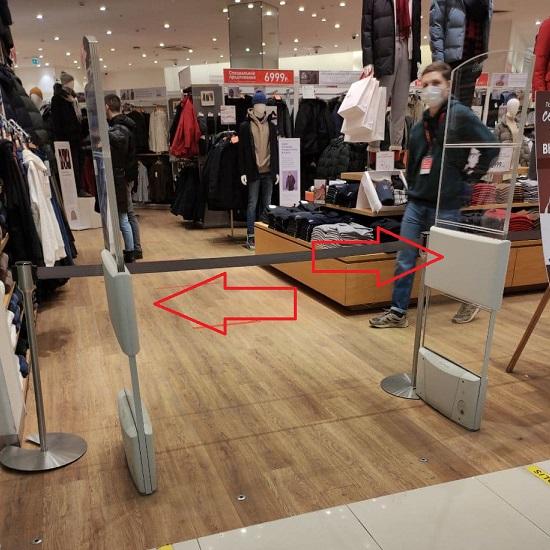
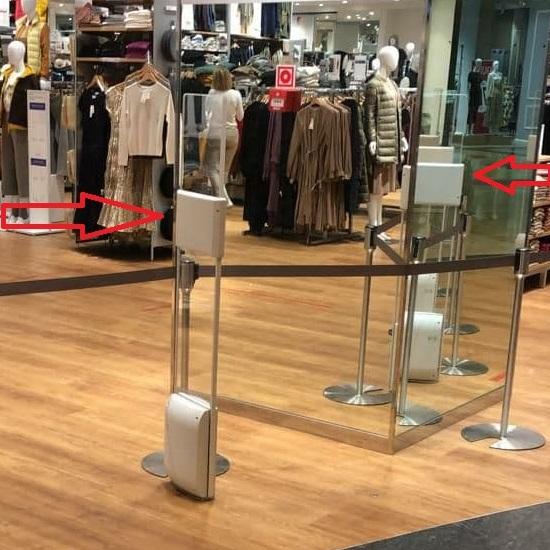
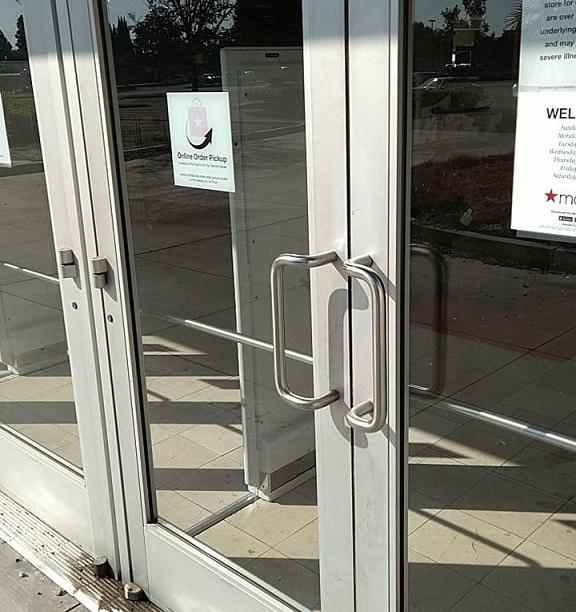
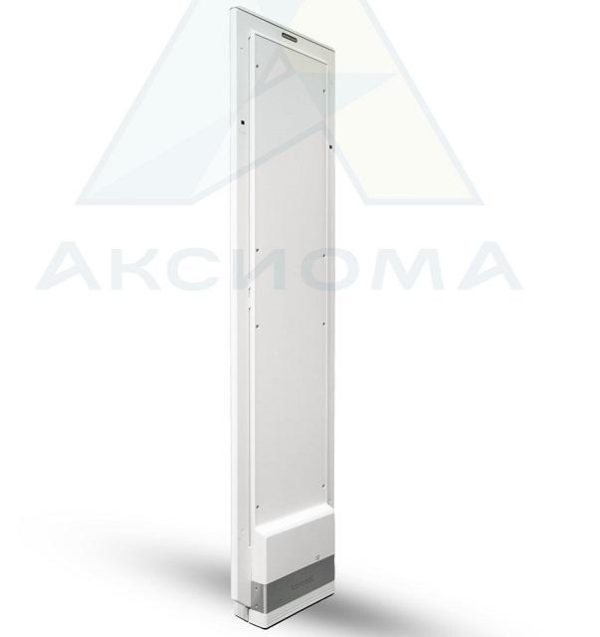
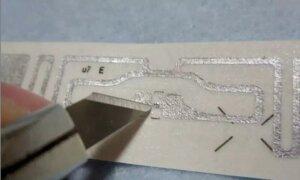
Броник форева)
XXL Sweden, Malmö a commencé à utiliser la RFID
с дорогих вещей и ставлю в карман наклей в карман клейки за минайльную цену,потом иду на кассу самобслуживания ,там даже есть человек который наблюдает не посмотрит на сумму ,им всем пофиг конце дня либо в обеденное время кога очень много народа.....
пакетиках с орехами, в виде наклейки со штрихкодом
Каждый раз узнаю чтото новое. Спасибо 🙂 🙂
или тканью глушатся или нет ?